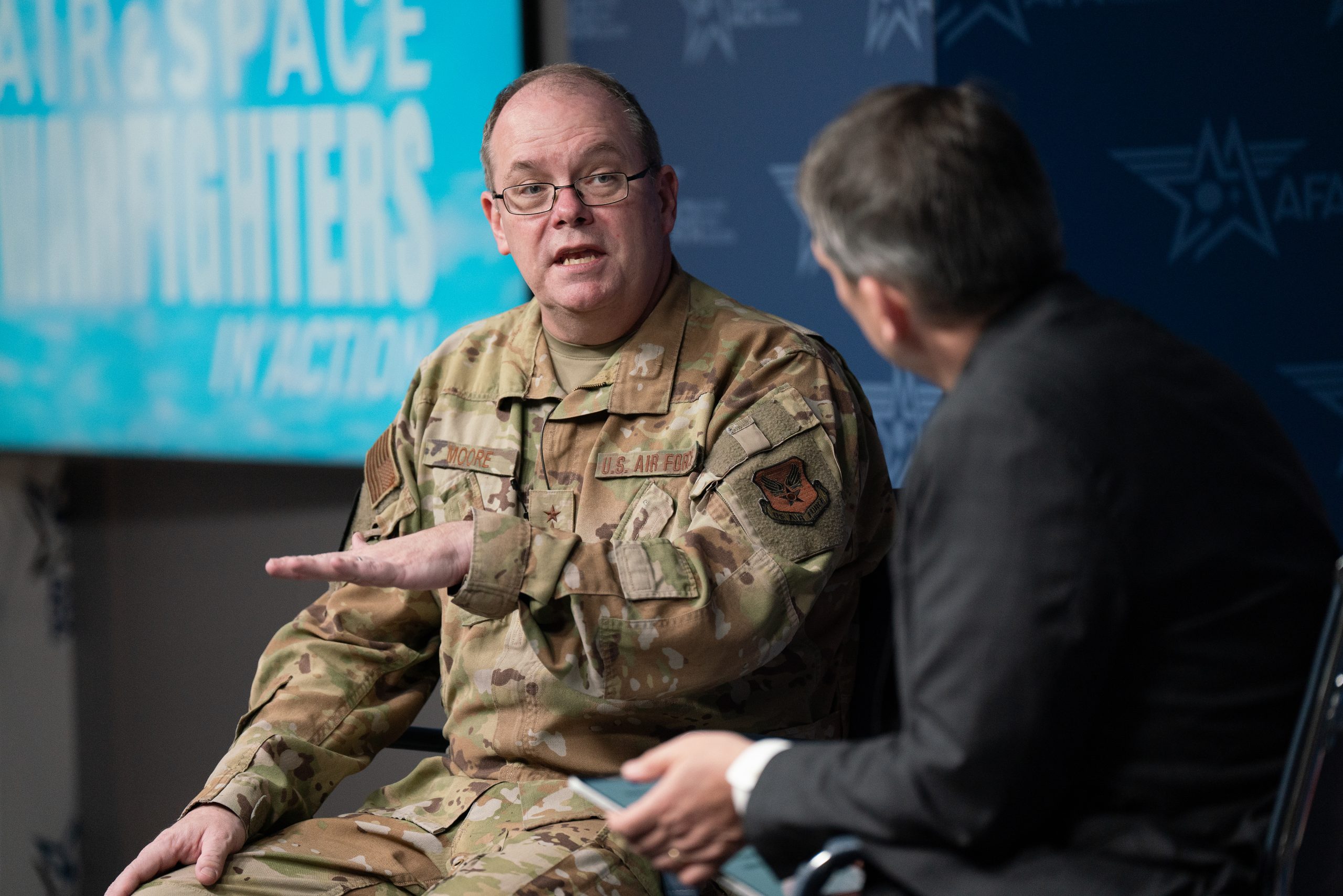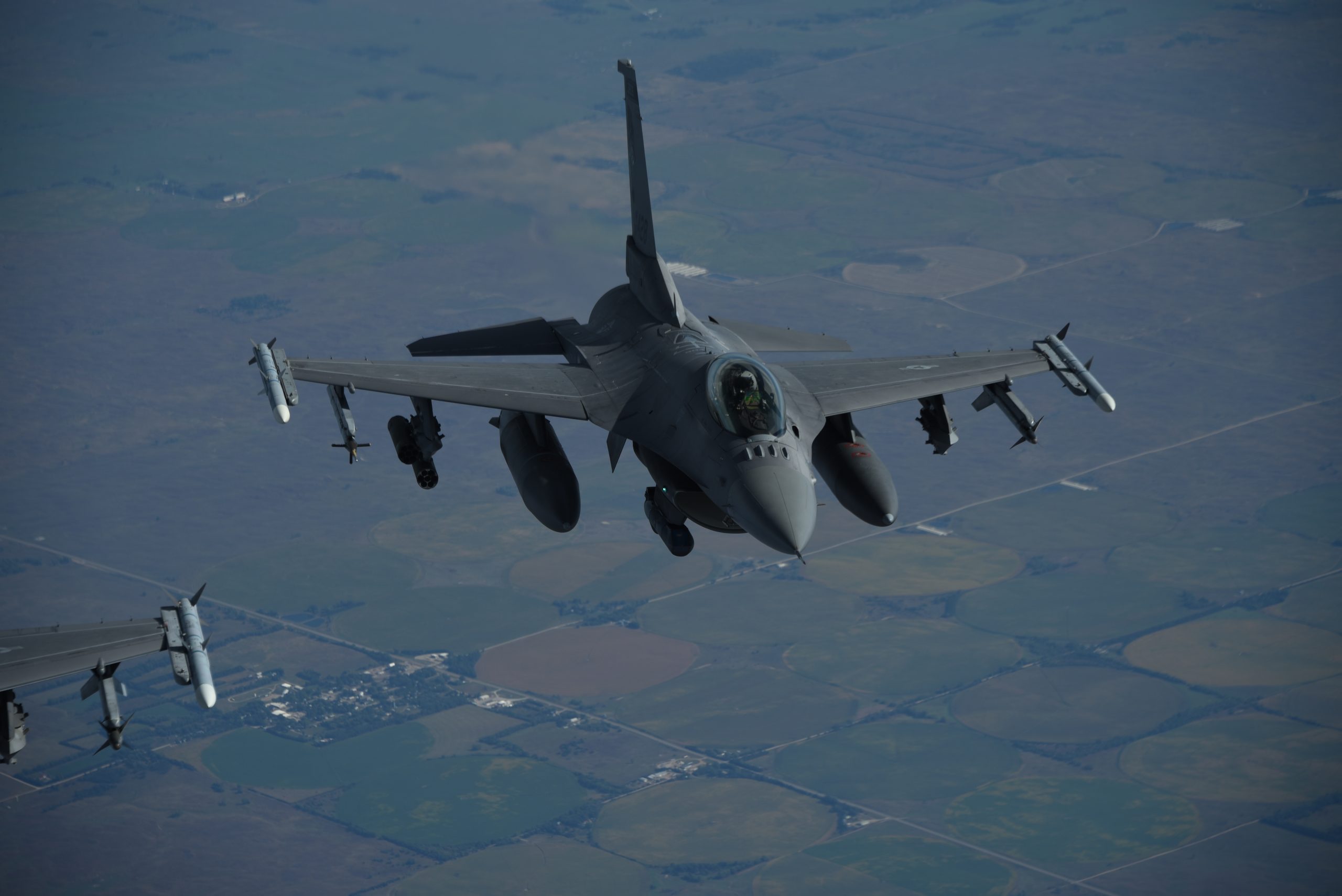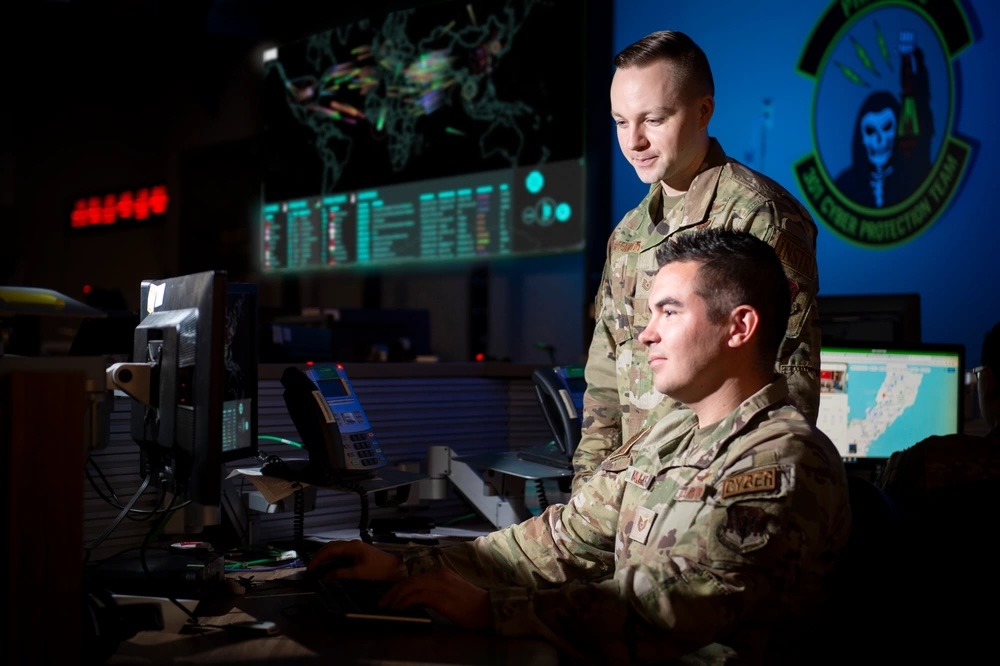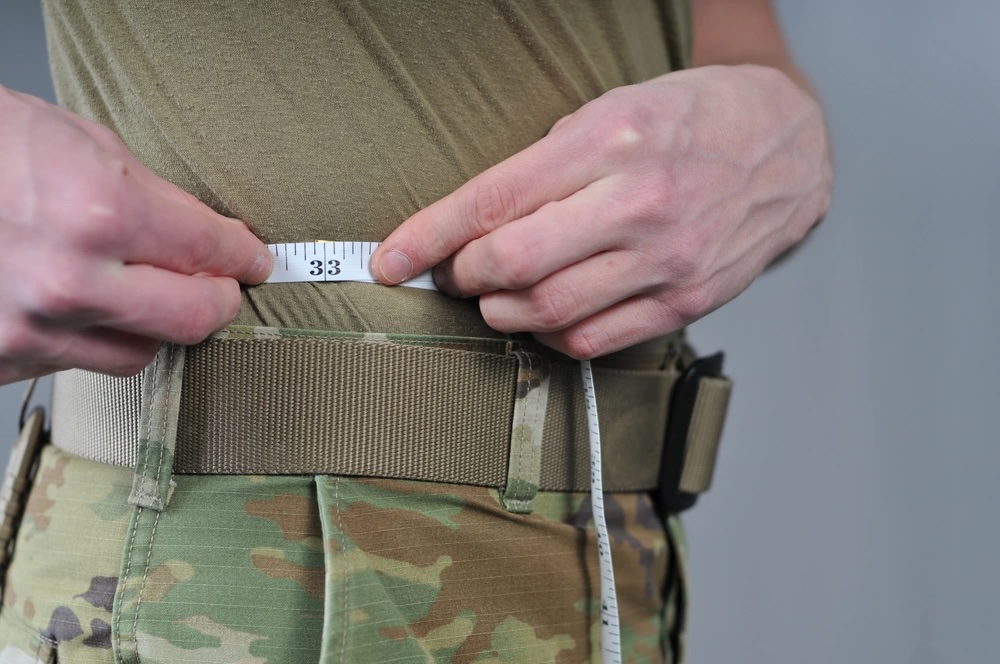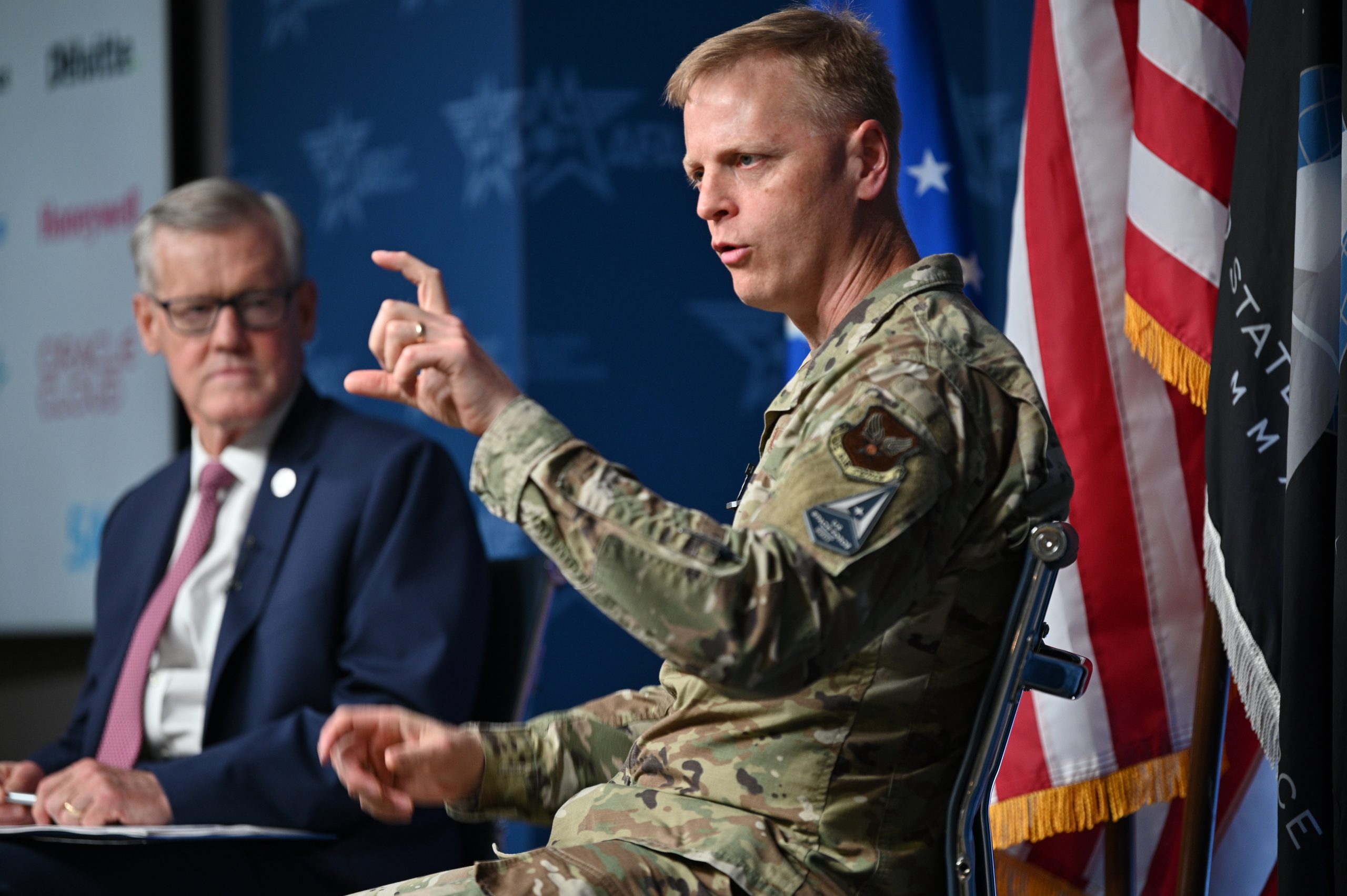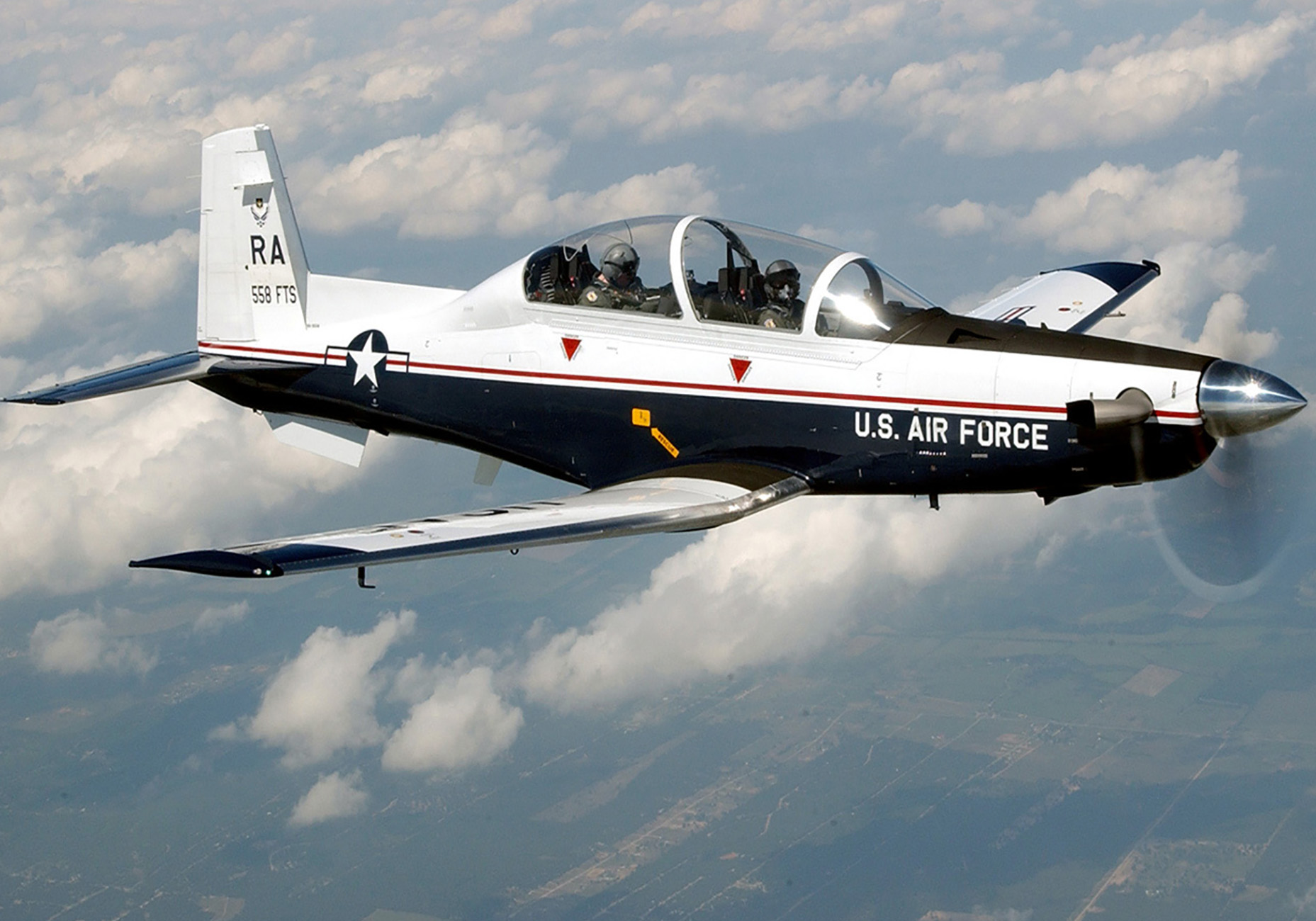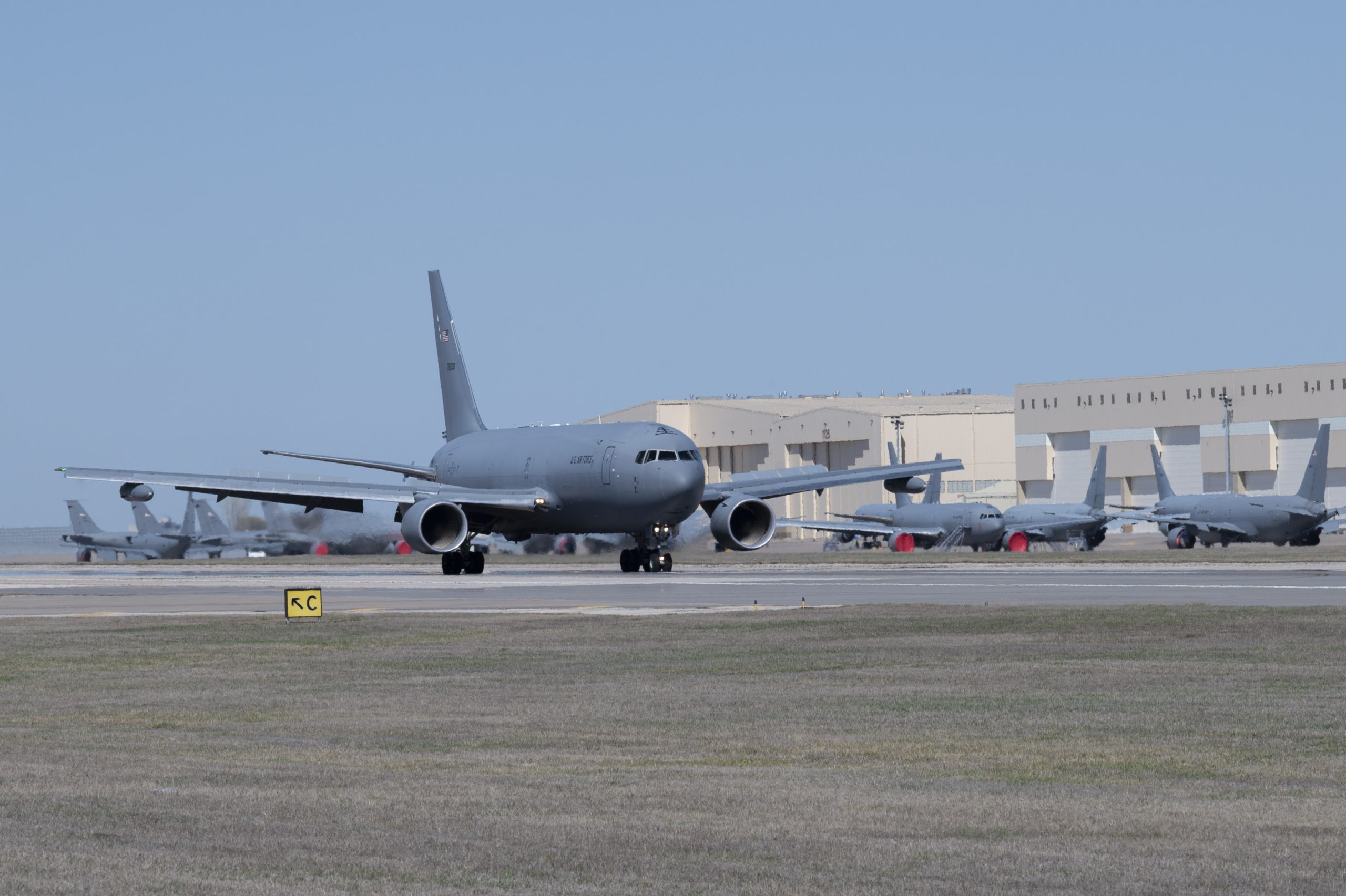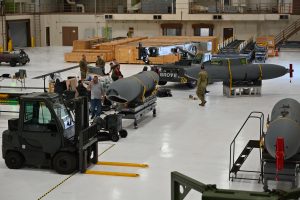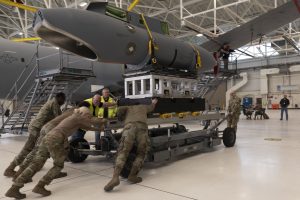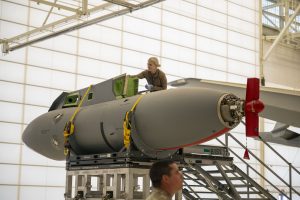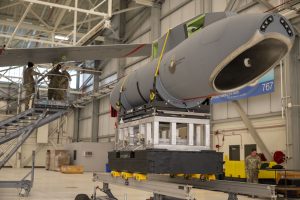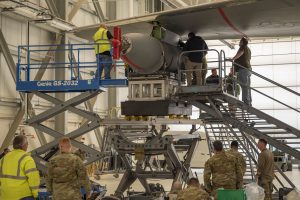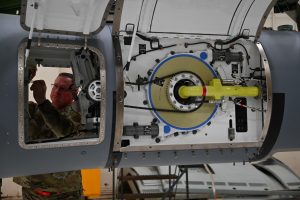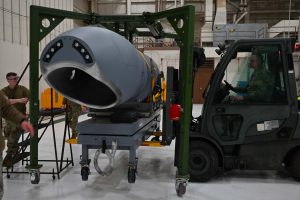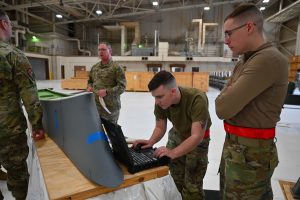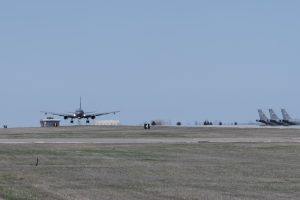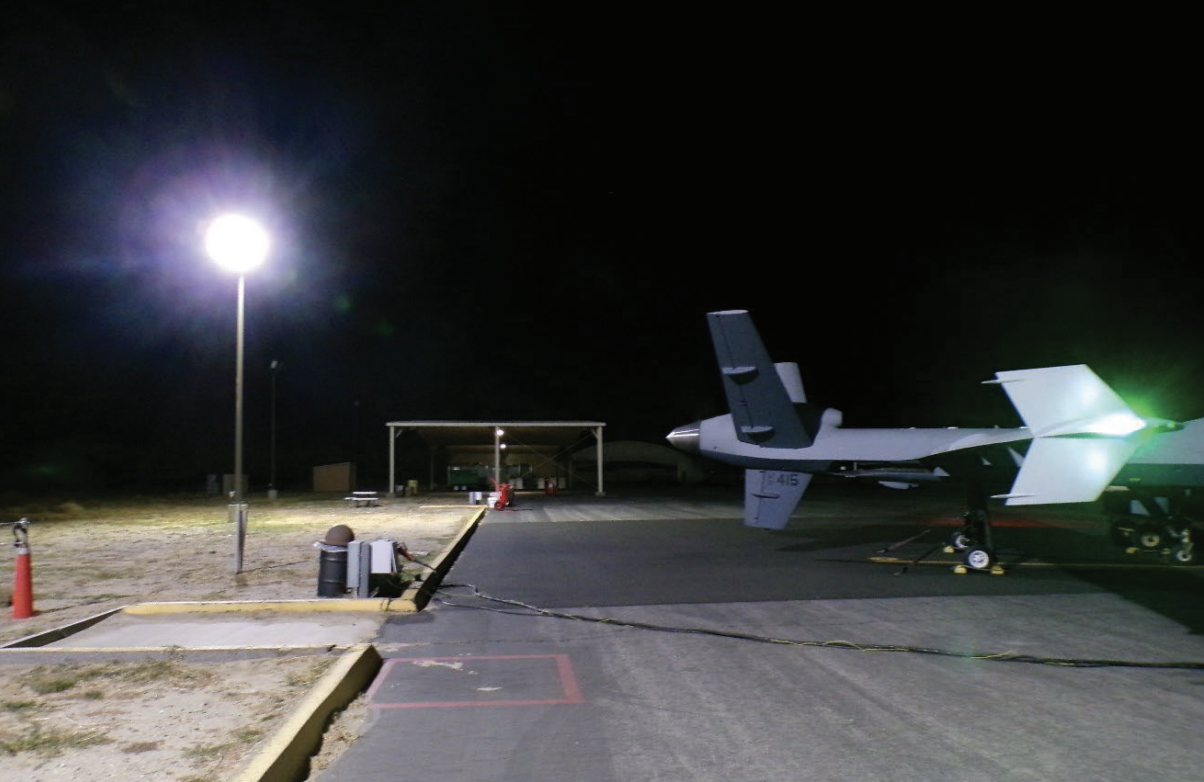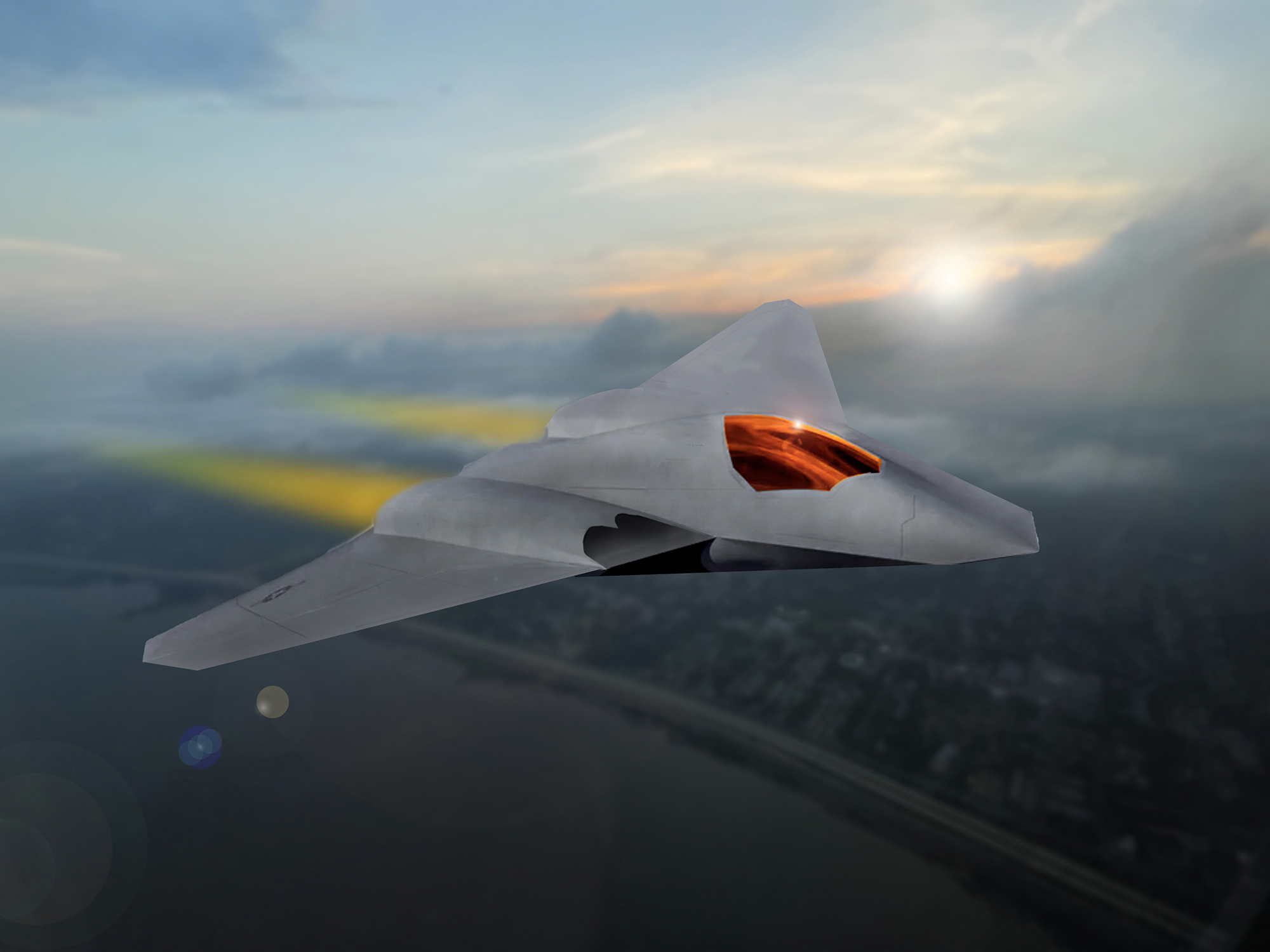The Air Force fleet will keep shrinking, the service’s senior planner said April 9. In its fiscal 2025 budget, the Air Force plans to reduce its fleet below 5,000 aircraft for the first time in its history as an independent service, divesting 250 aircraft and buying just 91. But that will not be the end of the decline, said Lt. Gen. Richard G. Moore Jr., deputy chief of staff for plans and programs.
“I see that continuing,” Moore said at an AFA Warfighters in Action event.
Moore said the service had to make tough choices due to the Fiscal Responsibility Act, which capped spending at a one percent rise in fiscal 2025 before inflation.
“This is the result of a reduced top line and also reduced buying power, and so we have to buy fewer” aircraft, Moore said. “We had to balance. Balance is something that’s a requirement.”
Moore said the Air Force hoped the fleet would not face such a steep cut over the life of the Future Years Defense Program (FYDP), which is the Department of Defense’s projection of funding, manning, and force structure over the next five years. But Moore did not dispute the prospect the service could end up with a fleet size closer to 4,000 aircraft.
“What’s happening is, in order to maintain legacy force structure and try and modernize, we’re hollowing out the force,” Moore said.
Moore argued that the Air Force should divest its legacy platforms that it no longer believes are financially viable—such as 32 older F-22s—and put that money towards new iron, such as more F-35s. But Congress has balked at that plan so far. Moore admitted the service would rather not have to propose such a tradeoff in the first place.
“In the choice of what we absolutely need to maintain and what hard choice could we make that might not be as hard as others, this is the one,” Moore said of retiring the older F-22s. The Air Force said they are not combat-ready and that upgrading them would be cost-prohibitive.
“We remind ourselves regularly that when times get tough, we have to make hard choices. This was one that was hard,” he said.
Moore said if the service is “being restricted from divesting legacy” aircraft, it is “having to slow down modernization,” including the purchase of new fighters—a key reason the Air Force says it can only afford 60 new fighters—42 F-35s and 18 F-15EXs—in 2025 instead of its long-term goal of 72 new fighters per year.
Moore said that in the near term, the bulk of aircraft retirements are A-10 close air support aircraft that the Air Force does not consider survivable against modern anti-air threats. Also due to exit the fleet in the coming years are aging F-15C/D Eagles, some of which are barely airworthy.
“Not that they don’t matter, but it’s absolutely time for them to retire,” Moore said.
But Moore was clear: if the service had a bigger budget, it would have more airplanes.
“There’s certainly a case to be made that that capacity is necessary,” Moore said.
But he noted the service is fighting the immense fiscal “bow wave” of modernizing two legs of the nation’s nuclear triad at the cost of hundreds of billions of dollars—and the reality that the service must compete with other services inside the Department of Defense for funds.
That may mean some tough decisions on which aircraft to keep in the future.
“I don’t know if we’re as troubled by the retirement of A-10s as we would be by other retirements that would have to happen later in the FYDP,” Moore said. “I don’t know that that magnitude will continue. But I do see—hopefully, at a slower rate—I do see divestitures outpacing procurements for the rest of this budget horizon.”
